Our Treatments
KIDNEY STONE TREATMENTS
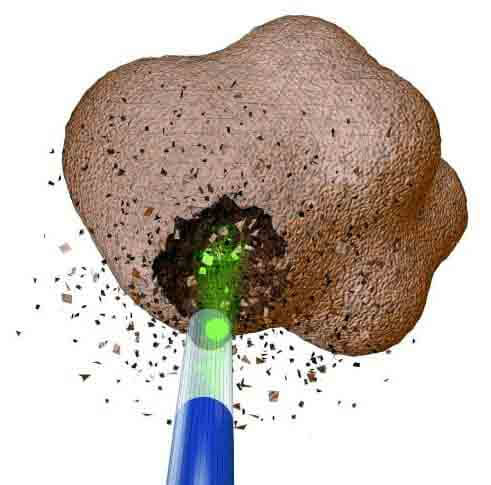
Stone Crushing with Laser
It is the process of breaking the kidney stones in the urinary tract and kidney with the help of a laser by entering through the natural urinary tract and turning them into sand grains that can be poured out with the urine from the urinary tract.

Breaking with Sound Waves (ESWL)
ESWL (Extracorporeal shock wave lithotripsy) is a method of breaking stones in the kidneys and urinary tract using shock waves from outside the body without surgery.

Percutaneous Nephrolithotomy (PNL)
It is a surgery that removes large stones directly from your kidney. The advantage is that even very large stones can be removed in a single operation. PNL is performed under general anesthesia.
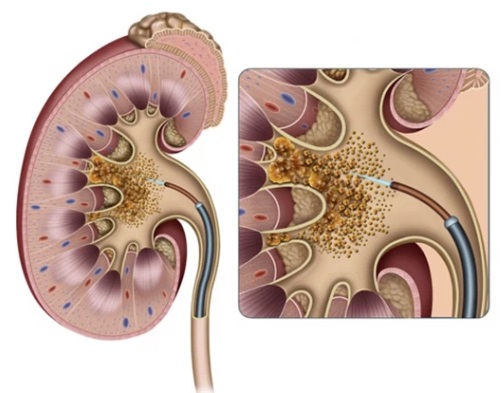
Ureteroscopy(URS-RIRS)
Ureterorenoscopy (URS); It is based on the principle of breaking or removing the stone with laser by reaching the kidney through the urinary tract with endoscopic camera devices.
PROSTATE ENLARGEMENT AND LASER PROSTATE SURGERY

Laser Prostate Surgery (HOLEP / ThuFLEP)
The widespread use of laser in urology has led to the development of new methods in prostate surgery. Thanks to the good results obtained, the methods that are increasingly popular and used today are Holmium laser prostate enucleation (HoLEP) and Thulium fiber laser prostate enucleation (ThuFLEP).
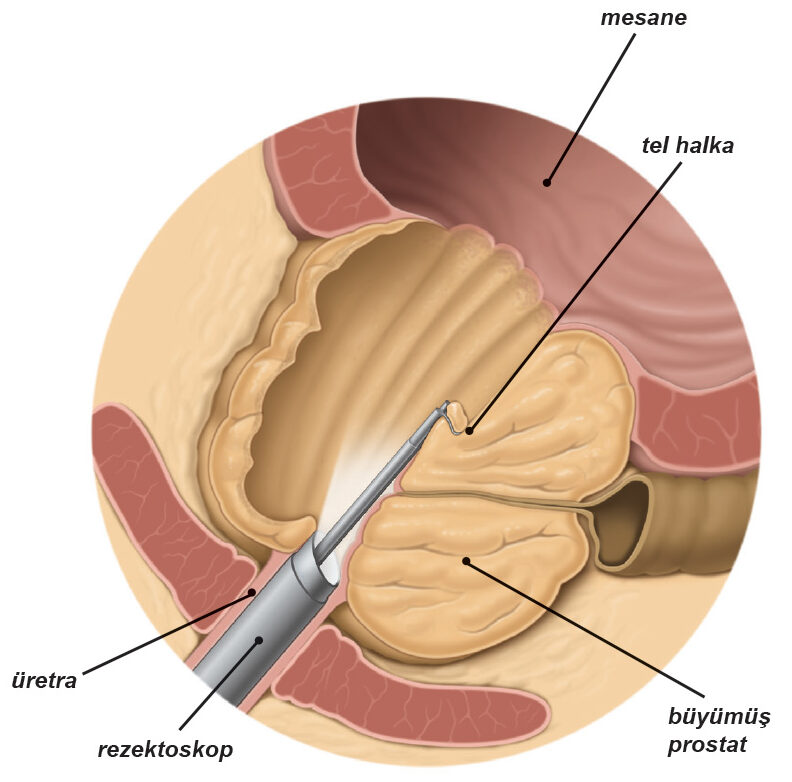
TUR (Transurethral Resection of the Prostate)
Although it has been replaced by Laser Prostate Treatment in recent years, TUR Prostatectomy (TURP) is still one of the most frequently used methods in the surgical treatment of benign prostatic hyperplasia. The aim is to remove the enlarged middle part of the prostate that causes complaints. TURP has been performed since the 1930s and has become a standard treatment method in the last 40 years. The TUR method has shown significant development in the last 10 years with new technologies such as Plasmakinetic and Bipolar.

Ablative Treatments
It is a safe and effective treatment that delivers radio frequency waves that create a controlled heat to the prostate tissue. During the procedure, a thin urinary catheter is placed in the prostate area and it is based on the principle of ablation of the prostate tissue by delivering radio frequency heat waves from there with computer adjustment.
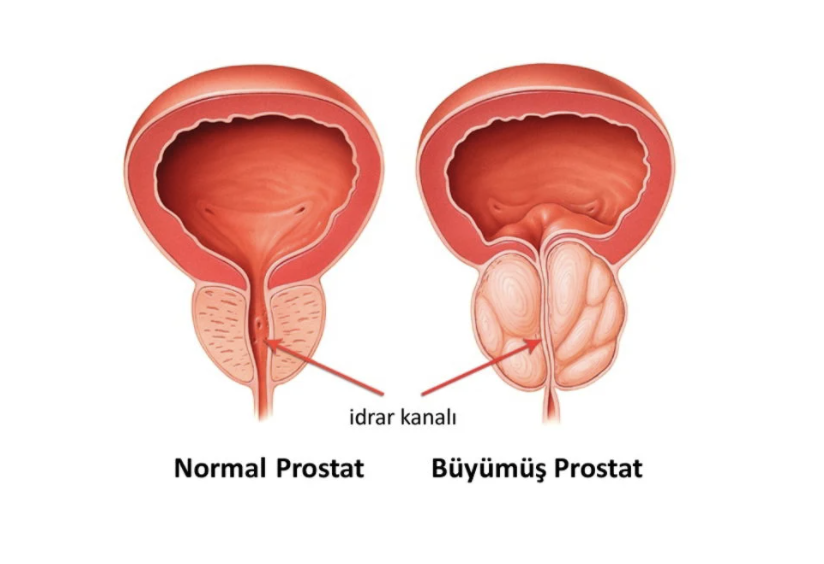
Drug Treatment for Benign Prostatic Hyperplasia (BPH)
Benign prostate treatment depends on the patient's complaints. Annual follow-up is selected for patients with no or very mild complaints. If the prostate volume has increased in patients with no or very mild complaints, herbal treatment can be started. Drug treatment is preferred for patients with moderate and severe symptoms.
UROLOGICAL CANCERS Laparoscopic and Robotic Surgery
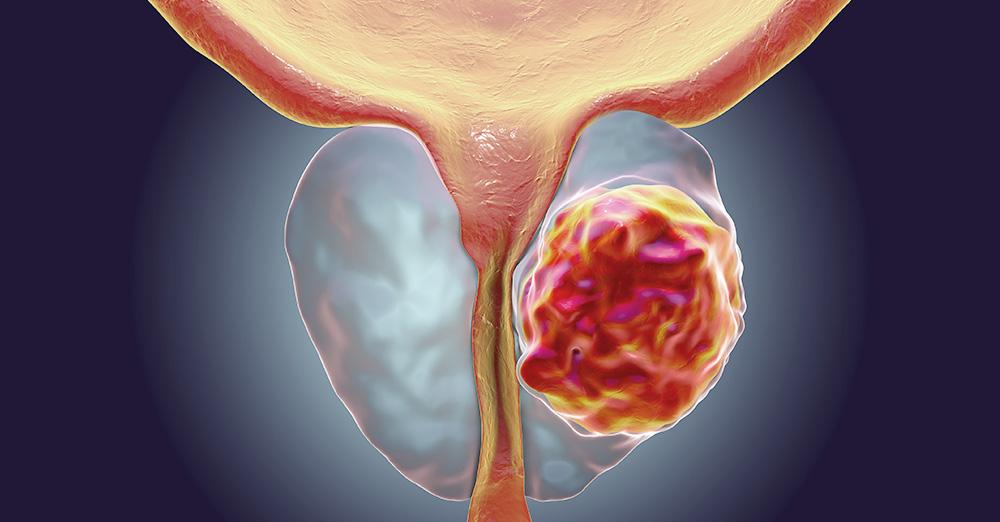
Prostate Cancer
Prostate cancer is the most common type of cancer in men in Western countries, according to the American Cancer Society, and accounts for approximately one-fourth of all cancer cases. The MR Fusion Biopsy Method, developed in recent years, is a highly sensitive "smart biopsy" method that detects suspicious foci of cancer in the prostate and allows pinpointing of these targets. Treatment options include Surgical Treatment (Radical Prostatectomy), Radiation Therapy (Radiotherapy), Focal Therapies (HIFU), Hormone Therapy, Drug Therapy (Chemotherapy) or Active Surveillance.

Bladder Cancer
Bladder cancer is the 7th most common cancer type in men and the 11th most common cancer type regardless of gender when looked at worldwide. The most important risk factor for bladder cancer development is smoking and the use of other tobacco products. The most common symptom of bladder tumor is painless bleeding in urine. TUR surgery is necessary for diagnosis, staging and treatment. Advanced treatment is planned according to the stage of the disease.

Kidney Cancer
Kidney cancers account for approximately 3% of all adult cancer cases. They occur most frequently between the ages of 40 and 70, and are twice as common in men as in women. The basic method for treating kidney tumors is surgery. Depending on the size and location of the tumor, either the complete removal of the tumorous kidney (radical nephrectomy) or the removal of only the tumorous part (partial nephrectomy) are performed. Today, we can also perform these surgeries in appropriate cases using laparoscopic or robotic surgery.
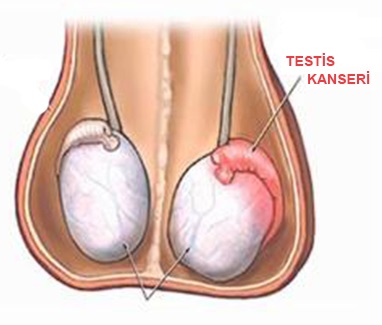
Testicular Cancer
The testicles are organs whose primary function is to produce sperm and secrete the male hormone (testosterone). Testicular cancer is a rare type of cancer that accounts for 1% of all cancers seen in men, but it is the most common type of solid cancer in men between the ages of 18 and 35. The most common finding of testicular cancer is a painless mass in the testicle. When a testicular tumor is diagnosed, surgical intervention should be performed without delay.
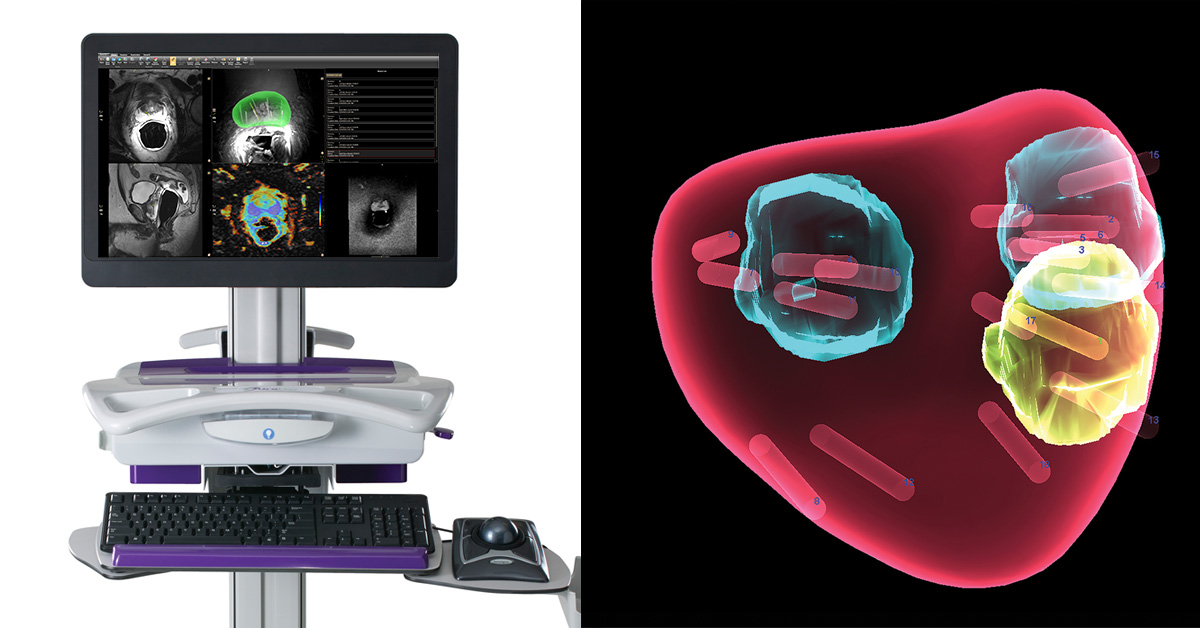
MRI Fusion Biopsy
MR Fusion Biopsy is a highly sensitive “smart biopsy” method that detects cancerous foci in the prostate and allows pinpointing of these targets. One of the revolutionary developments in the diagnosis of this disease, where early diagnosis is extremely important, has been the “MR Fusion Biopsy” method. This method has a very high accuracy rate (98%) in the diagnosis of prostate cancer, and unlike standard biopsies, cancer cases are not missed and there is no need for repeated biopsies.

Adrenal Tumors
The adrenal glands (adrenal or suprarenal glands) are two glandular organs located just above the kidneys and are responsible for the release of certain vital hormones. Generally, masses smaller than 4 cm, benign in appearance and not causing excessive hormone release (adrenal tumors) are followed without recommending surgery. In follow-ups performed at 6-month or 1-year intervals, it is usually sufficient to examine the size of the mass and the suspected hormone excess. If the decision to undergo surgery has been made, the operation can be performed with laparoscopic, robotic or open methods.
SEXUAL HEALTH

Erectile Dysfunction (Erection) Problems
Erectile dysfunction, also known as "erectile dysfunction", is the most common male-related sexual dysfunction following premature ejaculation; It can be defined as the inability of the penis to harden at the ideal rate for a satisfactory sexual intercourse or to maintain its hardness until the end of sexual intercourse.

Premature Ejaculation
If you are experiencing premature ejaculation, you are not alone. Premature ejaculation, which is the most common sexual dysfunction in men worldwide, can occur for many different reasons. Sometimes premature ejaculation occurs periodically due to exposure to stress, and sometimes it affects the lives of couples as a sexual dysfunction that becomes chronic.

Genital Warts (Condyloma) and HPV
The causative agent for “Genital Warts (Condyloma)” seen in both men and women is HPV (Human Papilloma Virus) and constitutes the most common sexually transmitted disease group in the world and in our country. More than thirty types of HPV infect the genital system, but visible lesions (warts) are most commonly caused by HPV Types 6 and 11. Indolent strains such as Types 16 and 18 are most responsible for HPV-related cancers (cervix, penis, anal cancers).
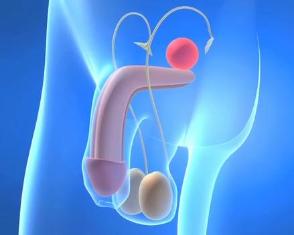
Penile Curvature
Penile curvature is a physical condition that can occur congenitally or with advancing age, characterized by the penis bending downward, to the right or left, preventing the erect penis from extending straight. Early diagnosis is of decisive importance for penile curvature, as it is for many diseases. Regardless of whether it occurs congenitally or with advancing age, penile curvature is a condition that can harm male psychology, affect sexual life and result in erectile dysfunction if left untreated or treated late.

Penile Prosthesis Application
Penile prosthesis (happiness stick) are silicone implants that are surgically placed into the penis to provide erection in men who cannot achieve the hardening (erection) necessary for sexual intercourse. Today, many different methods can be used in the treatment of erectile dysfunction. Although the need for penile prosthesis surgeries has decreased with the increase in treatment options, in some patient groups, penile prosthesis, in other words, happiness stick surgery, can be the only method to get rid of erectile dysfunction.

ESWT-PRP
The treatment of many sexual dysfunctions, especially erectile dysfunction, can be completed with newly developed methods. The most prominent of these methods are ESWT, PRP and stem cell applications. It is an application that provides a permanent solution to erectile dysfunction by providing tissue renewal and new vessel formation in the penis with low-intensity sound waves (ESWT). PRP (Plasma Rich Platelet) treatment for the penis is the process of injecting plasma rich in platelet cells obtained from the person's own blood into the penis. Tissue renewal and new vessel formation are provided in the penis with PRP treatment for the penis
INFERTILITY
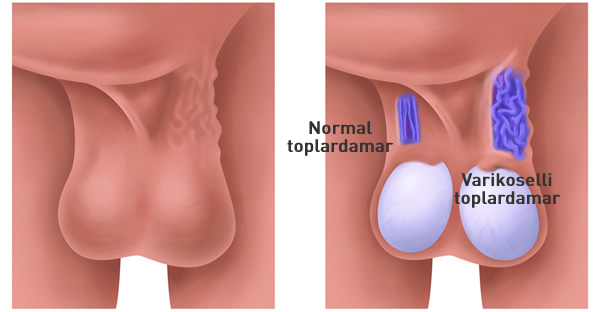
Varicocele
Varicocele is a condition in which the veins in the scrotum, also known as the testicle bag, called the “panpiniform plexus” expand and become varicose. Varicocele, which is more common in men between the ages of 15-25, is the most diagnosed and treatable cause of male infertility.

Microsurgical Varicocele Surgery
The gold standard in varicocele treatment is microsurgical varicocele surgery, which is a delicate surgery that must be performed by urology and andrology specialists with microsurgical experience. Thanks to microsurgical varicocele surgery, both varicose veins and those that are likely to become varicose are closed with the help of micro clips or by tying them. In this way, the accumulation of dirty blood in the testicles is prevented and the testicular temperature is reduced to the ideal level again.

Insemination and IVF
Insemination (IUI-intrauterine insemination) is the process of administering sperm cells taken from the man into the woman's uterus during the ovulation period. In order for this procedure to be performed, at least one of the patient's fallopian tubes must be open, and the number, movement and morphology of the sperm cells must be within the limits that can be inseminated.

Micro TESE
Micro TESE (Testicular Sperm Extraction under the Microscope) is a surgical method used in cases of male infertility. It is the process of opening the testicles and searching for sperm in order to enable people with no sperm in their semen (azoospermia) or severely impaired sperm quality to have children through in vitro fertilization.
URINATION DISORDERS
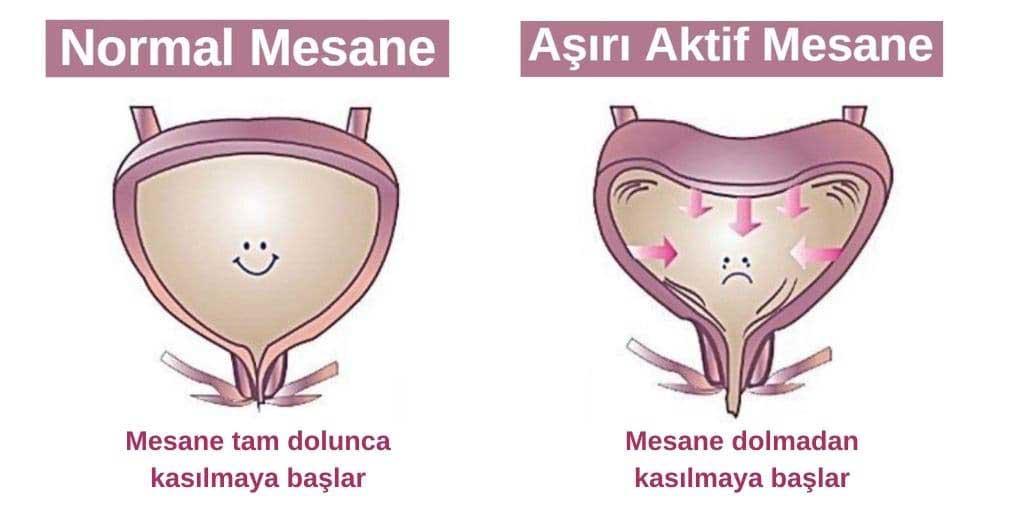
Overactive Bladder
Overactive Bladder; According to the definition of the International Continence Society (ICS); It is a disorder characterized by an urgent need to urinate (sudden urgency), frequent urination during the day and night, and in some patients, a feeling of sudden urgency accompanied by urinary incontinence without an underlying disorder. Overactive Bladder symptoms are seen in 17% (7-26%) of the population. The frequency of this condition, which is more common in women than in men, increases with age in both sexes.

Urinary Incontinence
Urinary incontinence, or urinary incontinence as it is called in medical terms, is any involuntary and uncontrollable inability to hold urine. Urinary incontinence disrupts the comfort of a person's life, as well as the constant worry of wetness, irritation and bad odor can cause serious social and psychological problems. The frequency of urinary incontinence increases with age and is more common in women than in men. Treatment varies according to the type of urinary incontinence.

Bladder and Uterine Prolapse
Pelvic organ prolapse (POP) is the condition in which the organs located in the lower abdomen (uterus, bladder, rectum, intestines) descend from their place and hang out of the vagina. If the organ that hangs is the bladder, it is called “cystocele”, if the uterus, it is called “uterine prolapse”, if the rectum, it is called “rectocele”, and if the intestines are called “enterocele”.
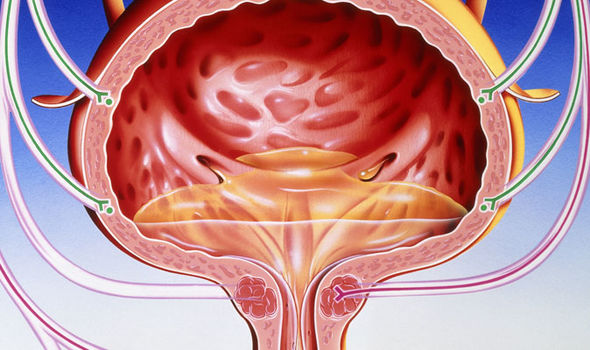
Neurogenic Bladder
The primary function of the bladder (urinary bladder) is to store urine at low pressure and to empty it in a controlled manner voluntarily once it reaches adequate fullness. Loss of bladder function due to damage in any part of the nervous system — whether congenital or resulting from trauma, infection, or tumors — is referred to as neurogenic bladder.

Urinary Tract Infection
This condition, also called urinary system infections, is the inflammatory response of the urinary system (kidney, ureter, bladder, urethra) to bacterial attack. It is named according to the part of the urinary system it affects: If the bladder is affected, it is called Cystitis, If the kidney is affected, it is called Pyelonephritis, If the urethra is affected, it is called Urethritis. The most common agents responsible for these infections are E.Coli (70-95%), Staphylococci (5-10%) and other Enterococci (Proteus, Klebsiella, etc.) bacteria. In addition, sexually transmitted agents such as gonorrhea, chlamydia and mycoplasma cause urinary tract infections, especially urethritis.

Interstitial Cystitis
Interstitial Cystitis, also known as Bladder Pain Syndrome or Painful Bladder Syndrome, is a chronic non-microbial inflammatory disease of the bladder characterized by pain in the bladder and pelvic region, constant urgency, and frequent urination. 90% of patients are women, and the age of onset of symptoms is often between 30-50 years. Typical symptoms are bladder pain, frequent urination, and a constant desire to urinate. The feeling of pain usually becomes more pronounced as the bladder fills and decreases with urination.
PEDIATRIC UROLOGY

Undescended Testicle
It is one of the most commonly observed genital anomalies, occurring in 1–4% of full-term male newborns and up to 45% of preterm births. Within the first three months after birth, 70–77% of undescended testes descend spontaneously into the scrotum. However, after the sixth month, the likelihood of spontaneous descent significantly decreases (to around 6%).
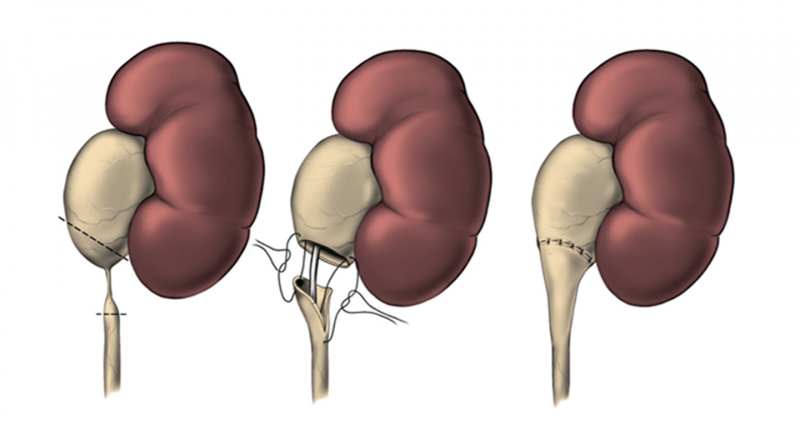
Renal Outlet Stenosis
A congenital narrowing at the junction between the renal pelvis and the ureter (ureteropelvic junction) can impair the flow of urine, leading to urine accumulation in the kidney. This results in dilation of the renal pelvis and calyces, a condition known as hydronephrosis.

Aesthetic Circumcision
Circumcision is the surgical removal of the foreskin (prepuce), the fold of skin that covers the glans (tip) of the penis.

Vesicoureteral Reflux
In this condition, urine—which normally flows from the kidneys to the bladder via the ureters—abnormally refluxes upward due to the malfunction of the valve mechanism at the lower end of the ureter where it enters the bladder.

Bedwetting and Urination Disorders
The term enuresis refers to bedwetting or involuntary urination. It is a common condition encountered in our country.
